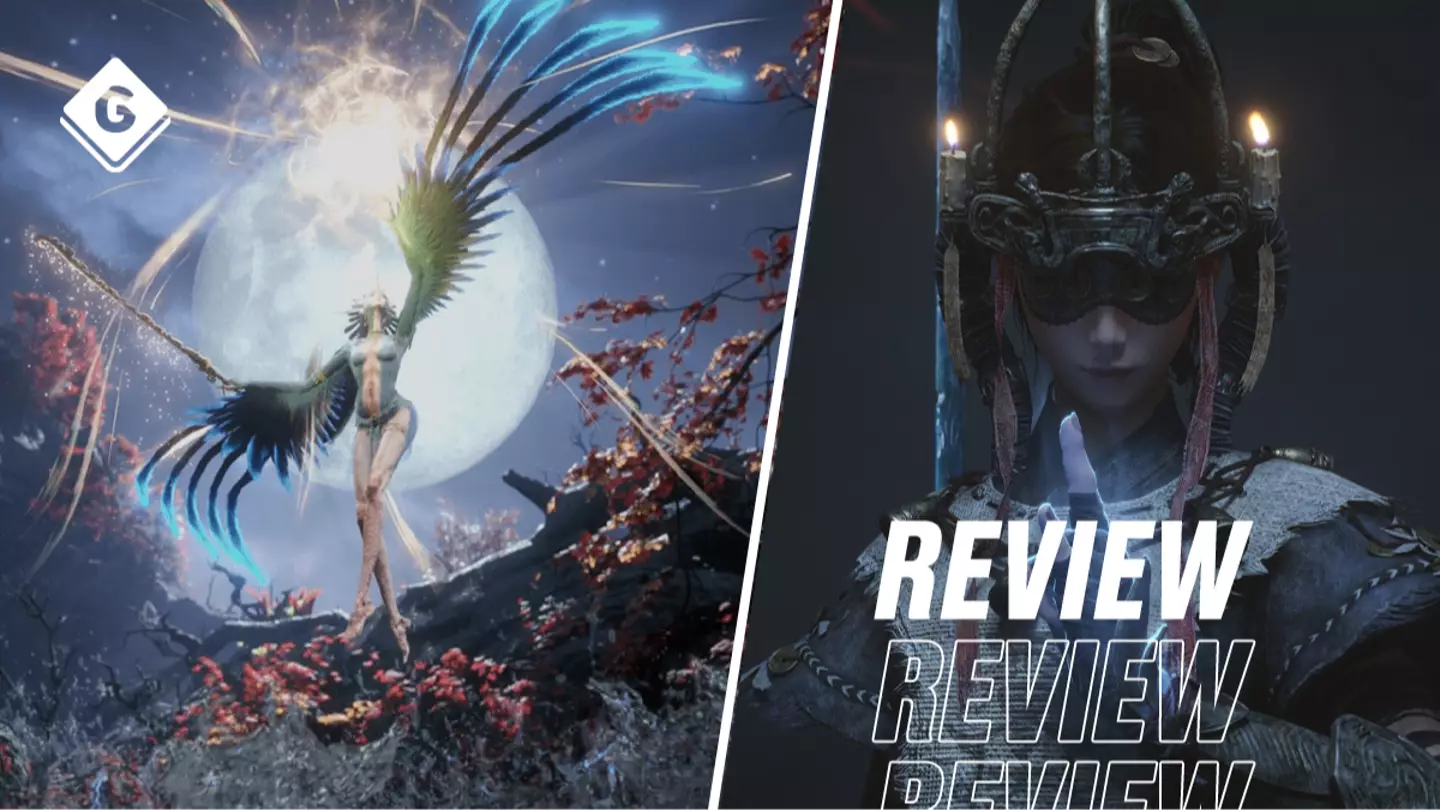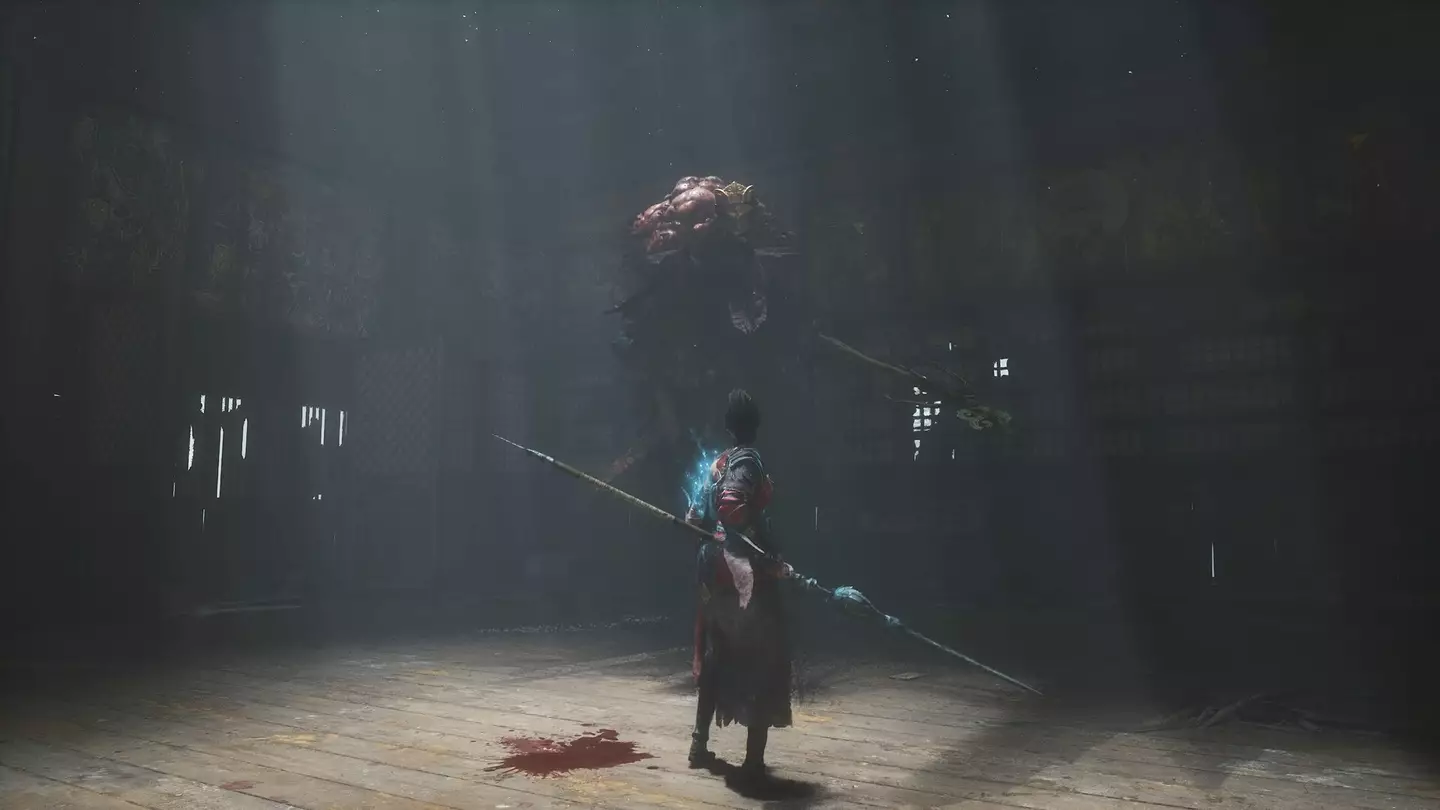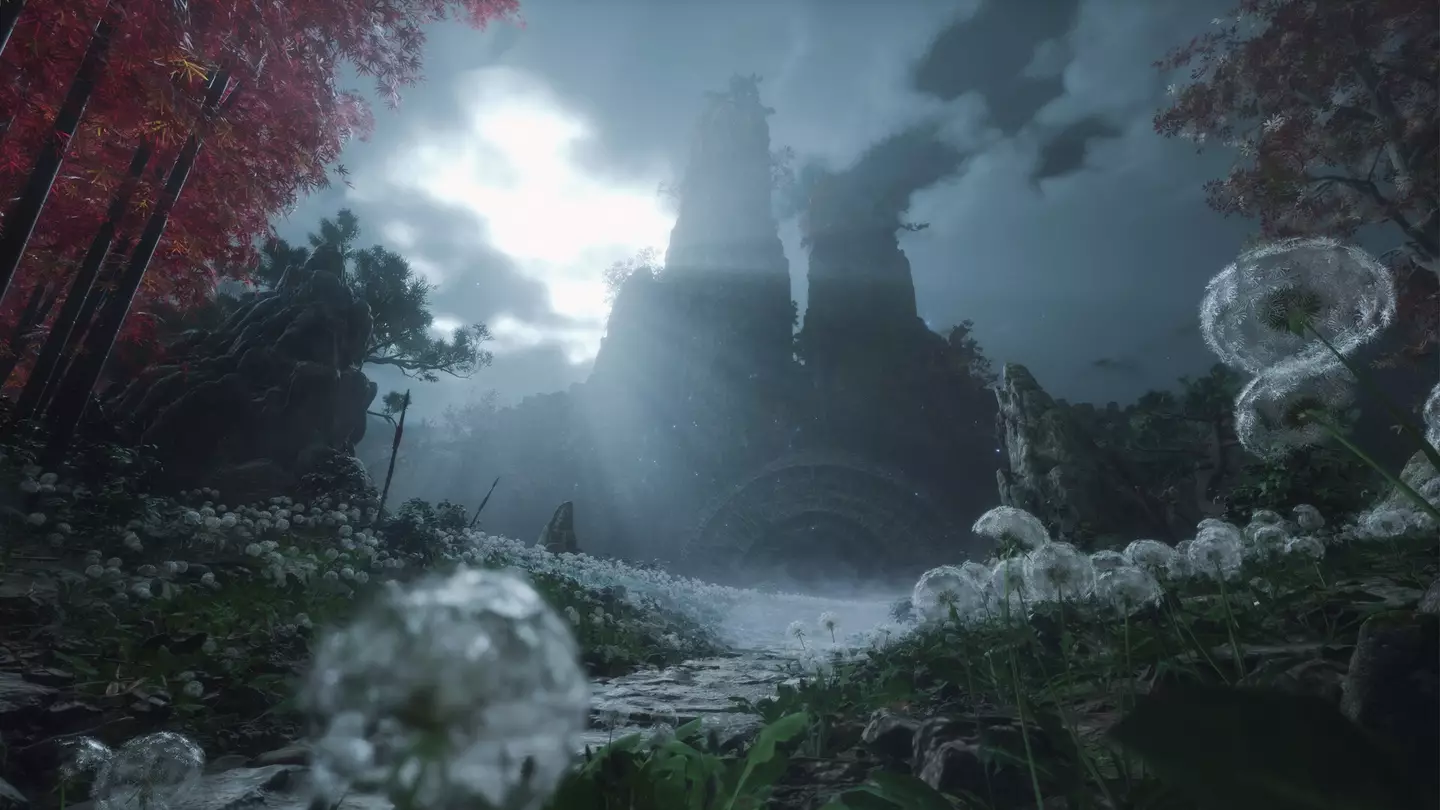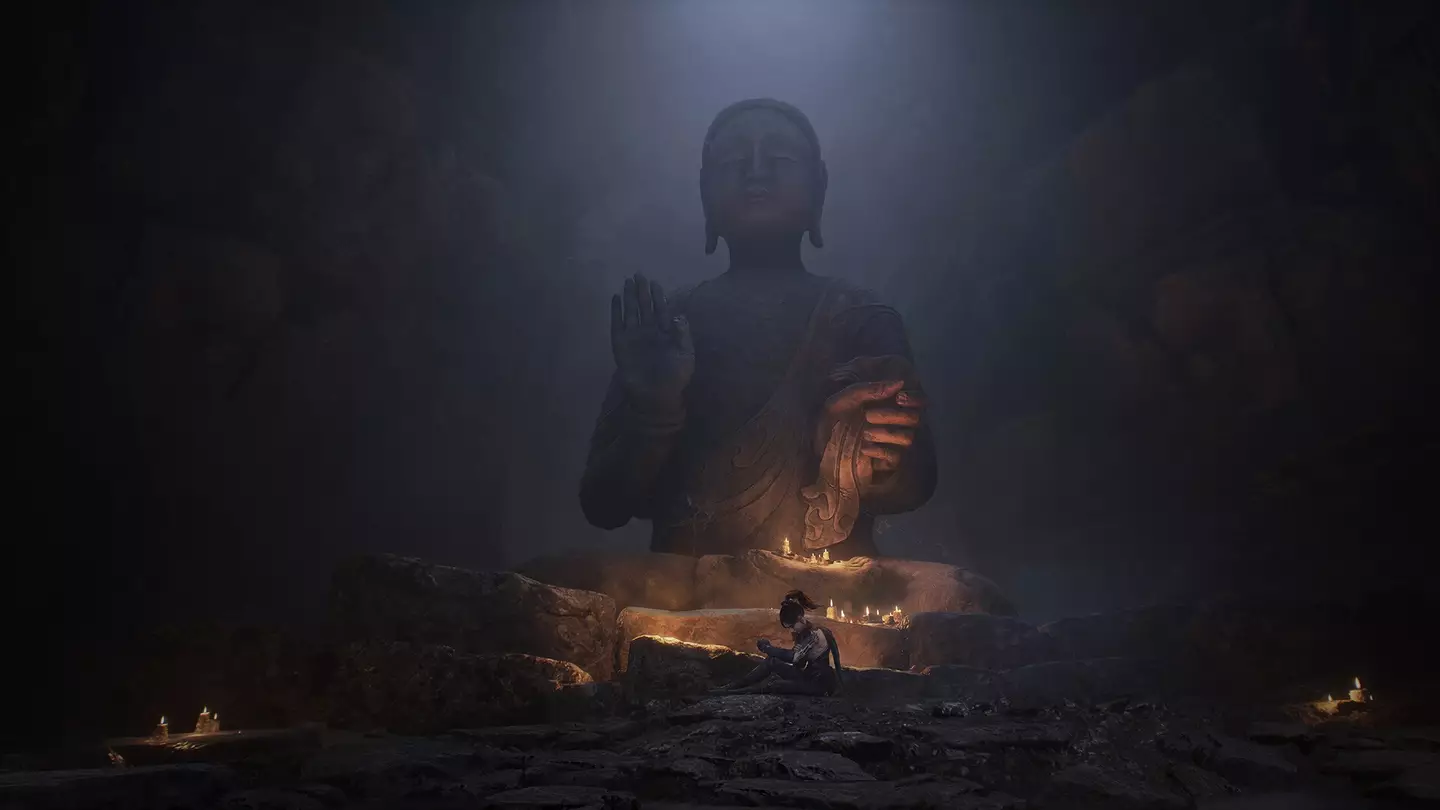
It feels like every few weeks we see a new soulslike emerge from one developer or another, all with a slight twist or variation on the formula. Over the past couple of years, this template has been slowly refined, making it hard to create a truly bad attempt on the genre. Wuchang: Fallen Feathers keeps up the tradition of great iterations on the patterns set by Demon’s Souls, but it’s not all smooth sailing for this adventure.
There are some flaws here, but they’re only noticeable because the industry has produced so many great entries into the ever-popular genre. Despite those flaws, it never stopped me wanting to play. In fact, this is probably the most invested I’ve been in a soulslike since Elden Ring.
Let’s get this out of the way at the start; in Wuchang: Fallen Feathers, there is a vague story, shrines which act like bonfires, red mercury is your replacement for souls or runes, you drop these when you die, and the bosses like to kill you. A lot. When looking at what has come before, Wuchang: Fallen Feathers doesn’t break out of the box, but it does add some interesting mechanics to win over fans who are hungry for more punishing, masochistic journeys.
You play as Wuchang, searching for her sister in a world that is torn apart by war, but also by a mysterious illness that takes over humans. This is called feathering, and characters literally sprout feathers from their bodies, before slowly losing their memory and transforming into monstrous creatures. Sadly, our Wuchang has the feathering and can’t remember her past fully, thankfully, she remembers how to wield a sword.
Advert
It’s an endearing and engaging story that moves along at a good pace, offering nuggets of information here and there, while also relying on environmental storytelling to fill in some blanks.

Setting the game during the late Ming Dynasty gives the story some originality as it plays off actual history, while still keeping players immersed in a fantastical scenario. The backdrop of China is both unique and enveloping, with each area of the game looking gorgeous, filled with sumptuous vistas, stunning architecture, and a wealth of culture at every turn.
The environments fare better than the character models, as each new part of the game unveils astonishing visuals, but all but our Wuchang is created in a staid, almost forgettable way. Mouths don’t move during dialogue, textures are a little patchy, but this can be forgiven when mountains evoke a sense of scale and danger through blustery drifts of white; or underground caverns patter with water, sparkling from nearby candle flames. Honestly, the lighting in this game is lush.
Advert
It’s easy not to undersell the level of detail here, and at every point, I found myself wowed by what was in front of me. This same care has been put to the bosses, each of whom are viciously dangerous, but usually beautiful. It’s here that I will say, Wuchang is catering to a particular audience, one that loves large breasts, barely covered bodies, and exotic beauty. That’s not a put down, but when each costume on pretty much every female NPC or boss reveals a bountiful bust, there were points where I felt like I was sat in a gooner cave.

I can say that the soundtrack, all very traditionally Chinese in tone, will sweep you away, just as much as the landscapes. It’s a testament to the swells of orchestras that the underlying tunes never get boring, even on the 53rd attempt at a particularly unforgiving boss.
And on that note, we get to the meat and potatoes of Wuchang: Fallen Feathers, the combat. There are several weapon types available - long sword, one-handed sword, spear, axe, and dual swords. Each of these then has its own skill tree, where you put points when you level up at a shrine. Along each branch, making your way to new abilities, you’ll add points to your base stats, like strength and agility for long swords, my preferred weapon here. It’s an interesting system that pushes you to wield more than one type - you can assign two weapons to switch between on the fly - as you’ll quickly work through one branch, unlocking important nodes. I ended up working through the one-handed swords, not because I wanted to use them, but because that branch had more strength and agility nodes to unlock.
Advert
Fighting feels constantly satisfying, switching between heavy and light attacks, or dropping in the odd spell or ability. This is where things get really different. There is no mana bar for Wuchang, it’s instead built up by timing perfect dodges or parries, similar to the system we saw in The First Berzerker: Khazan. Next to Wuchang’s health, are several feathers which light up as you dodge, and these are depleted on casting spells. It’s a nice touch, and it forces you to take more chances with bosses as the dodge window to gain mana is tight.
The only time this system let me down was battling magic-wielding bosses, who were inevitably weaker to physical damage, rather than spells. Which meant that my spells felt a bit useless and I had to adapt my playstyle. It’s not a huge complaint, but it’s a little frustrating.

Also, a frustration is the sense of the AI input-reading, waiting until that moment you press the button for a spell or your health flask, before attacking. Perhaps the biggest sin Wuchang pulls, however, is the absence of i-frames when getting up after being hit, and I can paint this picture with an anecdote.
Advert
There’s one boss who uses water magic, and one of her attacks is sending whirling columns of water at you. Getting hit by the first knocks you to the floor, but as you’re getting up, before fully back on your feet and able to dodge, you’ll get hit again and knocked back onto your backside. This can happen several times, leaving no moment to get up. In other soulslikes, this is the point when you’d usually get i-frames in order to get up and prepare to dodge again. And this happens in every boss fight, not just those with magic at the core.
Losing a boss fight because of a bad play on my part is fair, what’s not is getting slammed by a combo of attacks that would, in other games, give you a split second to breathe and adjust. Thankfully, when you get moments of fair fighting, it’s a thrilling back-and-forth where Wuchang can feel incredibly powerful. Using her feathering ability, which can be adapted through the shrines, is like coating your weapon in an element, and it lasts for a good amount of time to turn a poor fight into a winning one.

While I’m on the topic of frustrations and odd choices, let’s turn to the lack of a crouch button, despite there being a robust back-stab and stagger system. There’s me, slowly walking up behind an enemy, ready to unleash a heavy strike which causes the stagger, and they turn around when I’m a few feet away.
Advert
Another notable mechanic, not exclusive to Wuchang: Fallen Feathers, makes me scratch my head, too. Throughout this game, when you die, or kill human enemies (which is a lot) you build up a madness meter. It’s quite intriguing, as with less madness, you can actually obtain items by increasing the madness. Reach the top, and you’ll have to fight a demon, who randomly appears, and defeating her reduces the counter. But, oddly, when at maximum madness you deal more damage, but also take more damage. This is a decent idea on paper, but getting stuck on a tricky boss ends up maxing out the madness, and suddenly you’re squishier than ever.
Thankfully, this is where my issues with the game come to an end, because, despite these quibbles, I think Wuchang: Fallen Feathers is a very good game. It’s great, in fact. It balances the concept of open world exploration and linear paths nicely, breaking the overall world down into smaller open areas that branch off multiple times, leading you all over the place to find secrets or bosses lurking. And I’ll admit, I had more fun exploring than I did fighting, working my way through intricately designed areas that sprawl and require lots of back-tracking to seek out any forgotten or overlooked paths.
The story ended up sweeping me away, and quickly I was reading every item description to build out the lore and history of this world, which was heartily fed by all that exploring I was doing. With several endings, and plenty of threads to tug on throughout the narrative, I can see this as a game I’d happily return to.
While I don’t think Wuchang: Fallen Feathers is going to become the sudden favourite of soulslike fans, I can see it getting plenty of time in the sun. The issues I felt are, in the grand scheme of things, relatively minor and can all be worked around, or even patched out by the developers. Which leaves me with an utterly engaging world, filled with sheer beauty, and plenty of fresh ideas.
Pros: Gorgeous visuals, wonderful exploration, satisfying combat, plenty of new ideas
Cons: Some design choices, minor frustrations hold back boss fights
For fans of: Dark Souls, Sekiro, The First Berserker: Khazan
8/10: Excellent
Wuchang: Fallen Feathers is available now on PlayStation 5 (version tested), Xbox Series S|X, and PC. A review code was provided by the publisher. Read a guide to our review scores here.
Topics: Reviews, PlayStation, PlayStation 5, Xbox, Xbox Series S, Xbox Series X, PC, Steam
